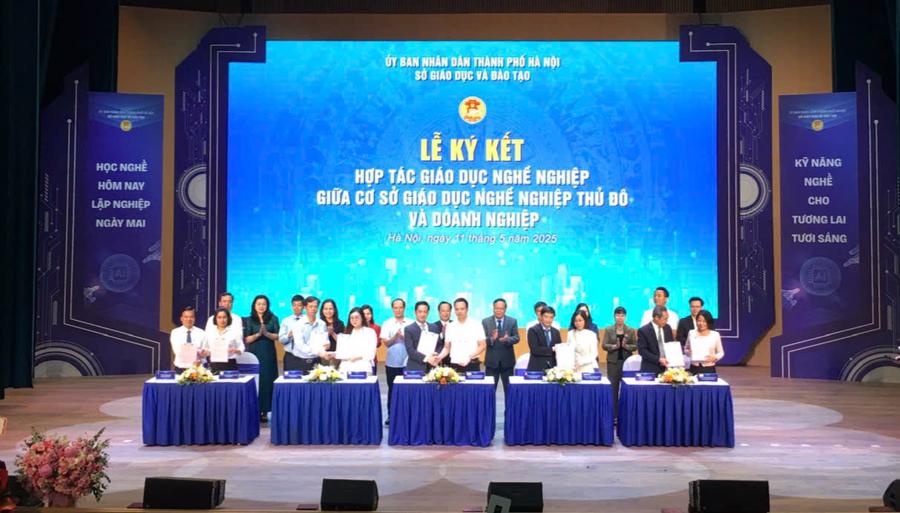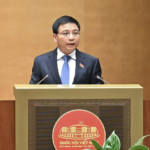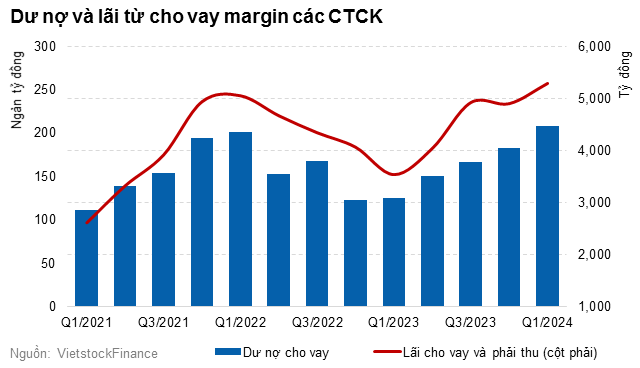The Hanoi Capital Vocational Education – Labor Market Connectivity Festival 2025 took place on May 11 in Hanoi and included a job fair with thousands of recruitment and enrollment targets for workers.
BRIDGING THE GAP BETWEEN BUSINESSES AND TRAINING INSTITUTIONS
According to the organizers, the festival attracted 56 units offering counseling and enrollment with over 100,000 targets across more than 330 sectors and trades at different educational levels.
Fifty businesses participated in the job fair, offering around 3,000 positions in 14 industry groups, including electronic component manufacturing technology, mechanical processing technology, business and marketing, culinary arts, security and service, sales and cashiers, technical staff, overseas study and labor export, automotive technology, information technology, accounting and auditing, management, and customer care, among others.
Additionally, 23 units participated in displaying and introducing products, training equipment models, demonstrating vocational skills (bartending, baking, cooking, beauty care, skincare, car painting, etc.), providing industry experience, and exhibiting books.
The festival attracted over 10,000 participants, including 8,000 high school graduates from junior high schools, high schools, and vocational education centers in the districts, counties, and towns who took part in career counseling and vocational education enrollment activities.
Speaking at the event, Mr. Tran The Cuong, Director of the Hanoi Department of Education and Training, stated that the festival aimed to create an effective bridge between vocational education institutions, businesses, and the labor market.
It also promoted career guidance to students, helping them access suitable learning and employment opportunities. This event offered students and businesses a chance to connect, with the former gaining practical experience and exploring various industries while the latter sought high-quality human resources to meet the demand for skilled labor in the capital’s socio-economic development.

According to Mr. Cuong, the Hanoi Capital is entering a new era, and one of its top priorities is enhancing the quality and quantity of human resources.
The festival is expected to raise social awareness about the role and position of vocational education, promote enterprise-linked training, and provide career guidance to students, ultimately improving the quality of vocational education and the capital’s human resources in the era of international integration, Industry 4.0, and digital transformation.
Mr. Cuong also suggested that vocational education institutions should strengthen career propaganda, counseling, and orientation for students, continuously renew training programs, enhance cooperation with enterprises, and provide training according to orders to ensure that the training content is practical.
Businesses were also encouraged to actively participate in the training and recruitment process, creating opportunities for students and graduates to access professional working environments.
ABUNDANT JOB OPPORTUNITIES FOR WORKERS
As part of the festival, the Hanoi Center for Employment Services collaborated with other units to organize a job fair in Nam Tu Liem district, offering attractive income levels in diverse fields and industries.
Over 18% of the targets had high-income levels of 15 million VND or more per month, intended for high-quality recruitment positions requiring experienced and skilled workers who could handle high-pressure jobs. About 26.4% of the targets offered incomes ranging from 10 to 15 million VND per month for positions in business, management, supervision, and department heads.
Jobs with incomes from 7 to 10 million VND per month typically included stable positions such as accounting, office work, and skilled manual labor.
For part-time or temporary positions, or for fresh graduates, unskilled workers, or those in training or simple jobs that did not require high expertise, the common income range was from 5 to 7 million VND per month.
Additionally, enterprises and employees could negotiate salaries during the interview process to ensure that the employees’ needs and rights were met. However, the agreed-upon salary would depend on various factors such as skills, experience, education level, and job position.

According to a representative of the Hanoi Center for Employment Services, the job fair in Nam Tu Liem district at the festival featured the participation of reputable enterprises and brands, including Viettel Post Joint Stock Corporation, Seen Technical Joint Stock Company, Novo – Viet Tiep Joint Stock Company, and Takahiro Joint Stock Company.
The recruitment targets covered diverse industries, including heads and deputy heads of departments, business staff, technical staff, mechanical processing workers, sales and cashiers, customer care staff, and automotive technology.
With high-quality targets and appropriate rights, benefits, and income levels, the job fair provided convenient opportunities for the unemployed to find suitable jobs and for students, graduates, and unemployed individuals receiving unemployment benefits to re-enter the labor market.
Additionally, the job fair offered 200 enrollment targets in fields like Chinese language, software programming, and semiconductor design, and 100 targets for overseas study and labor export to South Korea, Taiwan, and other countries, providing locals with more job and skill-learning options.
The Future of FDI: Businesses Embrace Dynamic Strategies for Quality Talent
Human resources are undoubtedly one of Vietnam’s most significant strengths in attracting foreign direct investment (FDI), especially with the country’s current demographic dividend of approximately 1.8 million university and college graduates annually. However, this number seems insignificant when compared to the ever-growing demand for talent by FDI enterprises, which continues to surge year after year.
Unleashing the Private Sector: Removing the Brakes for a True Economic Breakthrough
In the context of Vietnam’s intensified reform and international integration, the private sector is increasingly asserting its pivotal role in the economy. However, to truly unleash its potential, a comprehensive strategy is needed to address the existing constraints. In an interview with the Government Online Newspaper, Professor Vu Minh Khuong, a lecturer at the Lee Kuan Yew School of Public Policy (National University of Singapore), shared his insights on the obstacles, opportunities, and directions to enable the private sector to become a driving force for the country’s development.





















